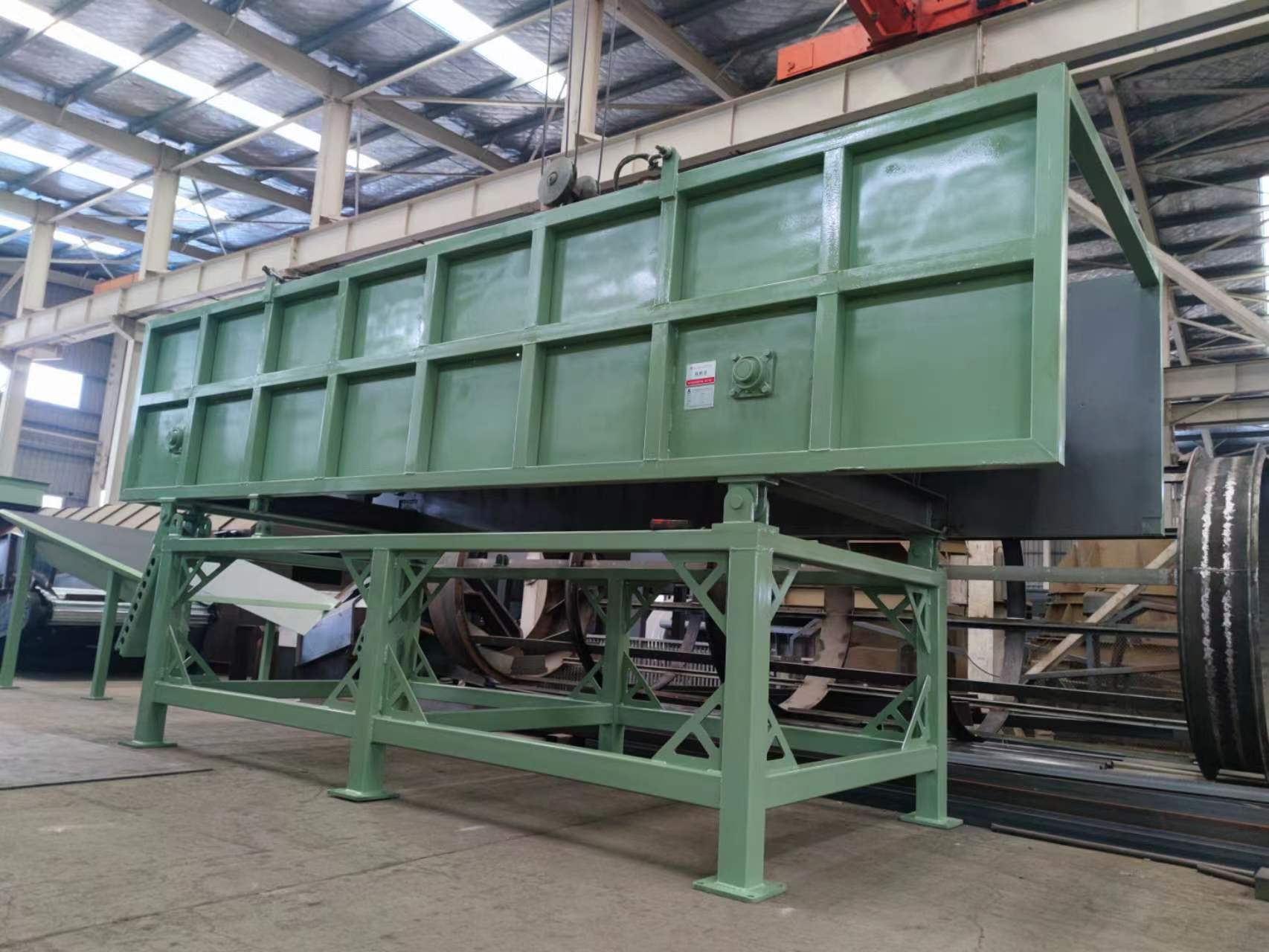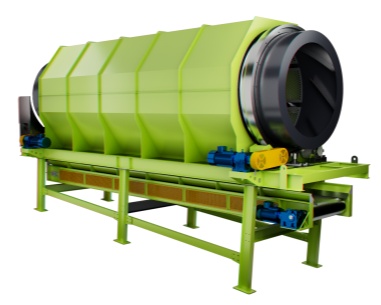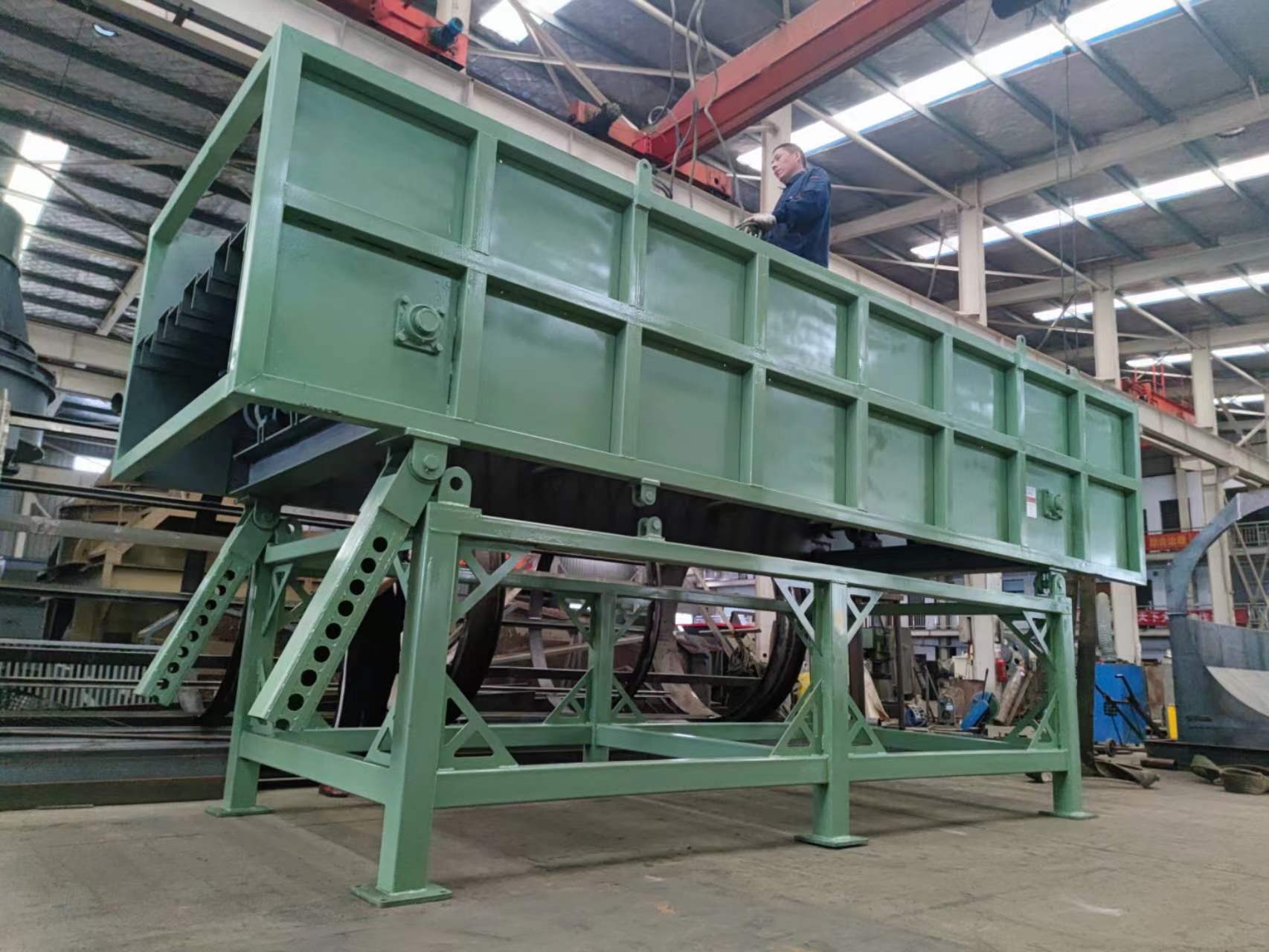
Efficient Material Separation with Bounce Screens
-
Production Capacity:
50-350t/h
-
Applicable Industries:
Building Material Shops, Manufacturing Plant, Machinery Repair Shops, Farms, Construction works
-
Power:
35kw
-
Core Components:
Motor, Bearing
-
Place of Origin:
Henan, China
- Product Details
- Characteristics
- Working Principle and Application
- Parameters
Bounce screens are specialized screening machines that use a unique mechanism for separating materials based on size. Unlike traditional vibrating screens, which rely primarily on vibration to sort particles, bounce screens incorporate a bouncing action that helps to loosen and separate the material being screened. This makes them particularly effective at handling sticky or damp materials that might clog other types of screens.
The design typically includes a screen surface that is inclined and oscillates vertically. As the material moves down the incline, it encounters the screen surface, causing the smaller particles to pass through while larger particles are discharged over the top. The bouncing action helps to prevent blockages and ensures efficient separation.
-
01The ballistic separtor is mainly used for the separation of a small particles of organic matter. It's main features are: The screen is made of stainless steel, with advanced structure, strong and durable, large clearance bearings, thin oil lubrication, low noise, long life, strong parts versatility, maintains convenient
-
02The installation angle of the ballistic separator can be adjusted according to the material conditions
-
03The speed of the ballistic separator can be adjusted by frequency of convention according to different materials
-
04The frame of the ballistic has sufficient rigidity and strength to ensure the anti-deformation and stability of the equipment
Work Principle of Bounce Screens
Bounce screens operate based on the principle of utilizing the different physical properties of the waste materials being processed. The key components include a drive motor, active and passive shafts, eccentric wheels, and a screen bed that is designed to mimic a bouncing motion. The main mechanism of action is as follows:
Drive Mechanism:
- A motor drives the active and passive shafts, which are connected to eccentric wheels. These components create a mechanism that imparts a bouncing or oscillating motion to the screen bed.
Screen Bed Movement:
- The screen bed, which is connected to the mechanism, performs a bouncing or circular reciprocating motion. This movement is similar to a bouncing effect, which helps to disperse and sort the waste materials effectively.
Material Separation:
- As the waste materials enter the screen, they are subjected to this bouncing motion. The materials are separated based on their size, density, and shape:
- 3D Materials (Heavy and Rolling): Such as plastic bottles, wood, cans, and bricks are separated due to their heavier weight and rolling characteristics.
- 2D Materials (Light and Flat): Such as films, papers, cardboard, and fibers are separated because they are lighter and flatter.
Sieve-Down Materials: Smaller particles like sand, soil, residue, and organic matter fall through the screen.
Construction Waste:
- Used for the separation of debris, concrete, and other construction-related materials.
Renovation Waste:
- Effective in sorting out materials from renovation projects, including wood, plastics, and metals.
Municipal Solid Waste (MSW):
- Helps in the separation of household waste, including paper, plastics, and organic materials.
Recycling Plants:
- Used for the recovery of recyclable materials from mixed waste streams.
Composting Facilities:
- Assists in the separation of compostable materials from non-compostable waste.
Paper Recycling:
- Helps in the separation of paper, cardboard, and other fibrous materials from mixed waste.
Applications of Bounce Screens
Bounce screens are widely used in various waste management scenarios:
| Model | Dimension(mm) | power(kw) | Capacity(t/h) |
| 1240 | 1.2m*4m | 5.5kw | 30 |
| 2060 | 2m*6m | 15kw | 150 |
-
 Five factors influencing the output of a drum screen.The input efficiency and separation efficiency of the drum screen are controlled by the screen hole size, drum screen diameter, rotation speed, baffle type and ...Get Quote
Five factors influencing the output of a drum screen.The input efficiency and separation efficiency of the drum screen are controlled by the screen hole size, drum screen diameter, rotation speed, baffle type and ...Get Quote -
 Efficient Material Separation with Bounce ScreensThe ballistic separator is an important equipment with separation function designed for the sorting of inorganic particles in the coarsely crushed waste.Get Quote
Efficient Material Separation with Bounce ScreensThe ballistic separator is an important equipment with separation function designed for the sorting of inorganic particles in the coarsely crushed waste.Get Quote -
 Garbage screening drum screenTrommel screen is consisting of five parts: drum, frame, hopper, reducer and motor.After the material goes into the drum, it is screened along with the rotation...Get Quote
Garbage screening drum screenTrommel screen is consisting of five parts: drum, frame, hopper, reducer and motor.After the material goes into the drum, it is screened along with the rotation...Get Quote -
 Drum Screen For Composting PlantDrum screen, also known as a rotary drum screen or trommel screen, is an essential piece of equipment used in composting plants for the separation of compost ma...Get Quote
Drum Screen For Composting PlantDrum screen, also known as a rotary drum screen or trommel screen, is an essential piece of equipment used in composting plants for the separation of compost ma...Get Quote





